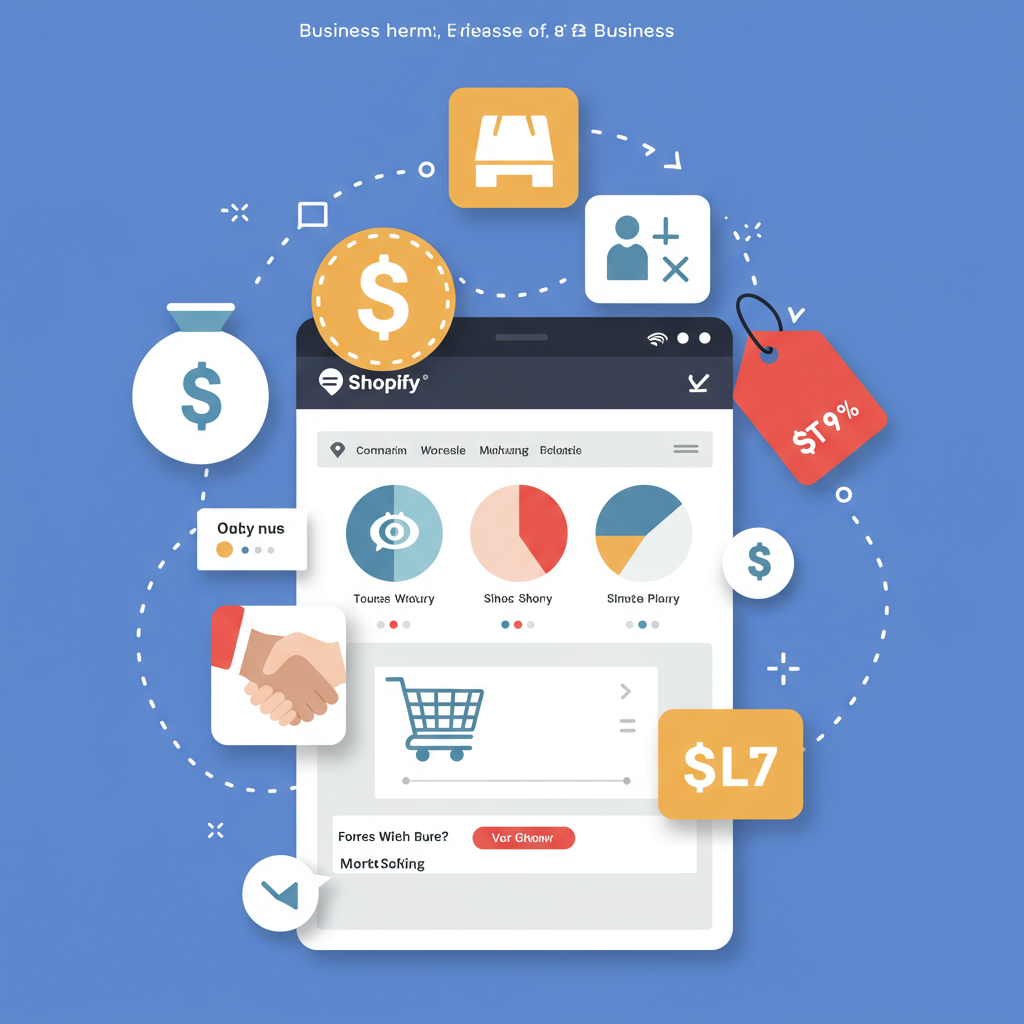Unlocking New Revenue Streams and Expanding Your Reach
Hello fellow merchants! I’m here today to share my journey and insights into a powerful growth strategy that has significantly impacted my business: setting up a wholesale channel on Shopify.
For many of us, direct-to-consumer (DTC) sales are the bread and butter. But imagine reaching new customers through established retailers, increasing your order volume, and building brand awareness without directly managing every single sale.
That’s the magic of wholesale. It allows you to sell your products in bulk at a discounted rate to other businesses, who then resell them to their own customers.
While the concept is straightforward, implementing a robust wholesale operation on Shopify can seem a bit daunting at first glance. I’ve navigated these waters, and I want to share my practical experience to help you confidently launch or optimize your own wholesale channel.
There are primarily three approaches to setting up wholesale on Shopify, each with its own advantages and considerations: using a dedicated wholesale app, leveraging Shopify Plus’s native B2B functionality, or, less ideally, a manual setup.
For most small to medium-sized businesses, I’ve found that utilizing a dedicated wholesale app is the most accessible and efficient solution. Apps like ‘Wholesale Club,’ ‘Wholesale Pricing Discount,’ or ‘Bold Discounts’ are popular choices.
These apps are designed to automate the complexities of wholesale pricing, customer tagging, minimum order requirements, and even creating a separate wholesale storefront.
My experience with these apps has been overwhelmingly positive. They save an immense amount of time and reduce the potential for errors compared to manual methods.
The first step, once you’ve decided on the app route, is to carefully select an app that aligns with your specific business needs and budget. Consider features such as tiered pricing, net payment terms, custom order forms, and integration with your existing Shopify theme.
Once you’ve installed your chosen app, the next crucial step is to configure your wholesale pricing. This typically involves setting up price lists, percentage-based discounts, or fixed wholesale prices for specific products or collections.
A key aspect here is applying these discounts based on customer tags. For instance, I create a customer tag like ‘Wholesale’ or ‘B2B’ in my Shopify admin.
This ensures that only approved wholesale customers, once logged in, can see and access the special wholesale pricing, while regular retail customers see standard prices.
Next, you’ll need to think about implementing minimum order quantities (MOQs) or minimum order values (MOVs). These are vital for maintaining profitability in wholesale, as you’re offering products at a lower margin.
Most wholesale apps provide robust functionality to enforce these rules automatically, preventing small, unprofitable wholesale orders.
Another significant benefit of many wholesale apps is the ability to create a separate, often password-protected, wholesale storefront or portal. This provides a cleaner, more focused shopping experience for your B2B clients.
It’s all about making it as easy as possible for your wholesale partners to browse your catalog, place orders, and reorder efficiently.
For larger businesses, particularly those on the Shopify Plus plan, the native B2B functionality is a true game-changer. Shopify Plus offers built-in tools like company profiles, custom price lists, quick order lists, and net payment terms.
This eliminates the need for many third-party apps for core wholesale functions, streamlining your operations and often providing a more integrated experience.
I’ve personally witnessed businesses scale significantly and manage complex wholesale operations with remarkable ease once they leveraged Shopify Plus’s B2B features.
Regardless of whether you choose an app or Shopify Plus, effective customer account management is paramount. You’ll need a clear process for approving new wholesale accounts.
This often involves a simple application form on your website where prospective wholesale clients can submit their business details, tax ID, and other relevant information.
Once an application is approved, you’ll manually tag their customer account in your Shopify admin, granting them access to your wholesale pricing and portal.
Payment terms are another critical consideration for your wholesale channel. Will you require upfront payment, or will you offer net 30, net 60, or other credit terms?
Both wholesale apps and Shopify Plus’s B2B features can help you manage and enforce these payment terms, often integrating with your accounting software.
Shipping also requires a separate strategy for wholesale orders. You might offer flat-rate shipping, free shipping over a certain order value, or calculated rates based on weight and destination.
Don’t forget about marketing your wholesale channel! How will new retailers discover your products? Consider attending trade shows, listing your brand in online wholesale directories, or leveraging social media and email marketing.
Finally, providing excellent customer service to your wholesale clients is non-negotiable. They are your partners, and their success directly contributes to yours. Be responsive, helpful, and proactive in your communication.
So, to recap my advice: define your wholesale strategy clearly, choose the right platform or app for your needs, meticulously set up your pricing and minimums, streamline customer account management, and provide exceptional service.
It’s an investment of time and resources, but one that can yield significant returns by expanding your brand’s reach and boosting your overall sales volume.
What do you think about this article? Did I cover everything you needed to know about setting up your Shopify wholesale channel?
I sincerely hope this comprehensive guide empowers you to confidently launch or optimize your Shopify wholesale channel and unlock new avenues for business growth.
Good luck on your wholesale journey, and may your partnerships flourish!






